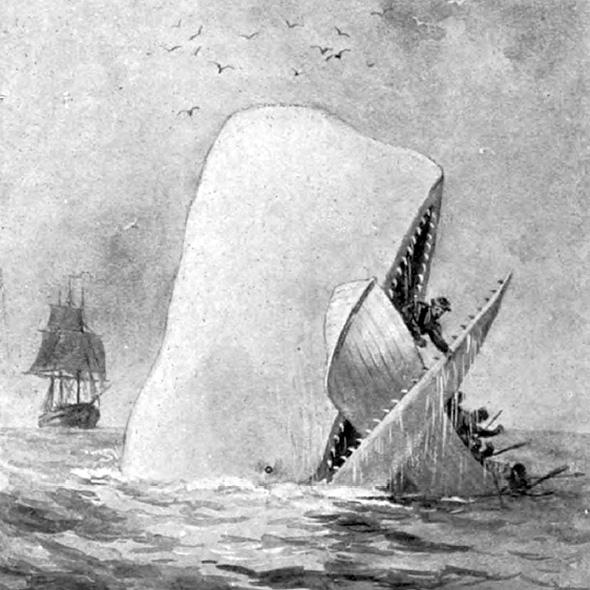A scuba diver off the coast of Argentina snapped a series of incredible pictures this week of a pair of southern right whales lurking menacingly close beneath a tiny boat of whale watchers. Do whale watchers ever die in collisions with whales?
It’s rare, but it has happened. Unlike recreational sailors, whale-watch captains are actively pursuing large marine mammals. They are required by law to keep 100 yards between the ship and the whale, but there are occasional accidents. In Hawaii, for example, whale-watching boats strike a few whales per year. The collisions are usually minor and involve no injury to man or beast. Ten years ago, however, the captain of a whale-watching vessel near Hawaii was fiddling with the volume on the public address system when his boat struck a humpback whale. The collision caused a 3-year-old passenger to lose his balance. He was killed when his head struck a guardrail and the deck, and the family later reached a legal settlement with the tour operator.
Collisions between whales and private yachts or sailboats also occur with some regularity, sometimes in spectacular fashion. In 2012, a 55-foot whale surged out of the water 40 miles west of the Mexican coast and landed on a 50-foot sailboat, sinking it. The Coast Guard rescued the boat’s only occupant. A 33-foot southern right wale breached onto the deck of a private yacht near South Africa in 2010, although the boat managed to make it back to port. (It may not be a coincidence that the southern right whale keeps popping up in these collision stories—their vision is thought to be poor.) Authorities suspect that there are many unreported close encounters with whales, because ship captains worry that notifying the Coast Guard may lead to legal liability.
Most whale-boat collisions appear entirely accidental, but a few captains claim to have been deliberately targeted by a bloodthirsty cetacean. During the 19th century, the heydays of the whale-oil trade, sperm whales regularly attacked whaling ships, biting the hulls or whipping the boats with their tails. The most famous attack involved the whale ship Essex. In 1820, a male sperm whale twice lined up and rammed the boat nearly head-on, striking just off the bow and sinking the vessel while protecting its own head from the sharpest part of the ship. It’s not entirely clear what motivated the whale to attack, but one theory is that tapping sounds coming from a carpenter’s hammer may have resembled the noises made by rival males guarding territory and female whales. Fifty years after the Essex went down, whale-ship captains were still worried about the danger of whale collisions. In a landmark 1870 treatise on English shipbuilding, Henry Coleman Folkard lauded the development of the harpoon gun, which allowed captains to keep their ships out of hand-throwing distance of whales.
The Centers for Disease Control and Prevention doesn’t keep statistics on the exact number of whale-related human deaths, but marine mammals, in general, were responsible for 15 fatalities between 1999 and 2010. A single killer whale was responsible for two (or 13 percent) of those deaths. Tilikum, an orca in SeaWorld Orlando, killed his trainer in 2010 and was involved in the mysterious death of a homeless man, found naked in his tank, in 1999. Eight years earlier, Tilikum had killed another trainer at an animal attraction in British Columbia.
Got a question about today’s news? Ask the Explainer.
